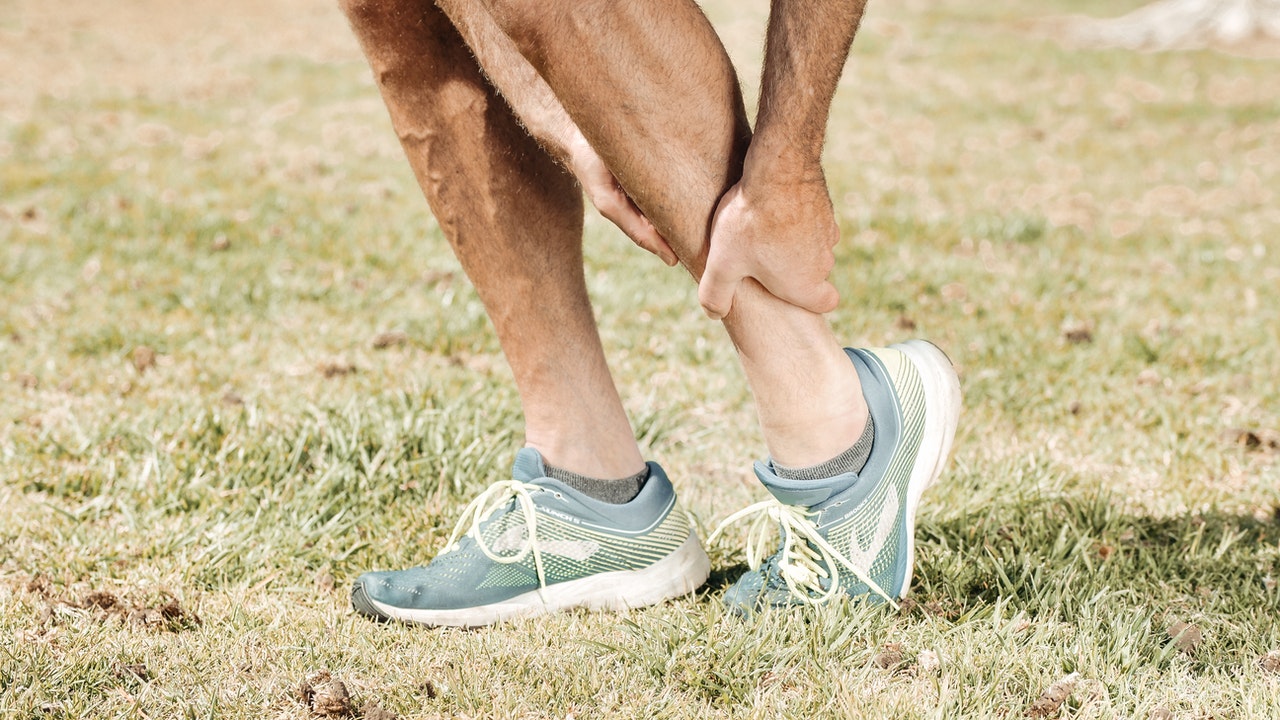Due to the corona pandemic, it is more common to do shopping online. Perhaps, you order a pair of your favorite shoes and you end up getting a bigger size. No other size is available and you don’t want to return it. Or perhaps you are wearing them for the first time and the experience is not comfortable. Sometimes, the shoe’s material becomes hard after a couple of weeks of wear. If you are facing all these shoe problems then here is a good guide to fix your shoe problems at home.
-
You’re unable to get your shoes off without loosening laces.
How To Fix: Size up a full size. For proper fitting shoes, your feet should be able to be slid out with your shoes completely laced up and untied.
-
Whenever you are walking or running up a hill, your heel suffers from slippage.
How To Fix: Try to lace your shoes to the final hole to reduce slippage. While there is still likely to be movement in the heel area, you don’t want it to be to the point where your heel is getting blisters. Your foot’s heel should fit solidly in place in your shoe, but not overly tight. You can use this guide to see whether or not you are lacing your shoes as they should be.
-
Your toes are meeting the front of your shoe which is causing your toenails to get bruised after running sessions or you’re developing hammertoes.
How To Fix: You need to remember that your feet are going to swell when you exercise and when you’re in the middle of the summer. Because of this, when you are trying on your shoes, you need to look for a minimum of a thumb’s width of space between the end of the shoe and your longest toe. This is typically the toe directly next to your biggest toe in most people. Your toes need to have plenty of room in the toe box for maximum comfort. Try extra wide shoes.
-
The arches of your feet are sore or your Achilles is constantly sore after a long run and you even feel strain in your calf muscles.
How To Fix: One of the most common reasons for having sore arches is having a poorly aligned flex point. Whereas, shoes that have poor heel support typically lead to Achilles problems. Thus, you want to ensure that you are measuring your foot’s natural flex point accurately. The best way to do this is by getting and using a Brannock Device which is the metal measuring tool you’ll typically find at brick and mortar shoe stores. From there, you want to find the shoe’s flex point by bending the shoe. You want it to bend where your foot bends for the best fit and comfort.
-
You’re experiencing straining or numbness on the top of your foot.
How To Fix: If you are experiencing this, it typically means that the upper portion of your shoe is too loose or too tight. You don’t want to have any gapping around the upper portion of your foot when the shoe is properly laced. The upper portion of the toe box needs to be snug, but not overly tight to the point where it’s restricting blood flow and it’s uncomfortable.
-
You’re developing bunions or corns.
How To Fix: If you are finding that you’re developing either bunions or corns on your feet/toes, you are going to want to go up a size in terms of width for extra wide shoes visit here. It means that the toebox on your shoes is too small for your feet. When your shoe is too narrow, you are going to feel the edge of your pinky toe rubbing against the outer portion of the shoe. You want to be able to move your foot side to side when your foot is inside of it. You want to be able to pinch as much as a quarter of an inch around the widest part of your foot to give yourself ample room.
-
Your toes are burning after a long run.
How To Fix: If you are suffering from this, you are experiencing what is known as having hot feet. This typically happens when your shoes have too stiff of a sole for you to run with. You need to identify shoes that have better cushioning for your feet.
-
You feel stabbing sensations in your knees when you are running downhill with new shoes.
How To Fix: This is when you are suffering from IT Band syndrome. It typically happens when your tendon becomes inflamed. This can occur for various reasons, but it is typically the cause of when your gait is changing because you don’t have optimally fitted shoes. The best way to correct this is by finding new shoes that fit better.
-
You are experiencing excruciating pain in your foot that only becomes increasingly worse when you’re active in your shoes.
How To Fix: You will find that stress fractures occur around the foot and ankle area when the muscles are weak from either repeated use or having too little use. If your shoes aren’t fitting properly and they are allowing your feet to either move too much or too little, it could cause serious problems with your bones. It will result in having too much impact which can result in stress fractures that can be debilitating and take a long time to heal.





